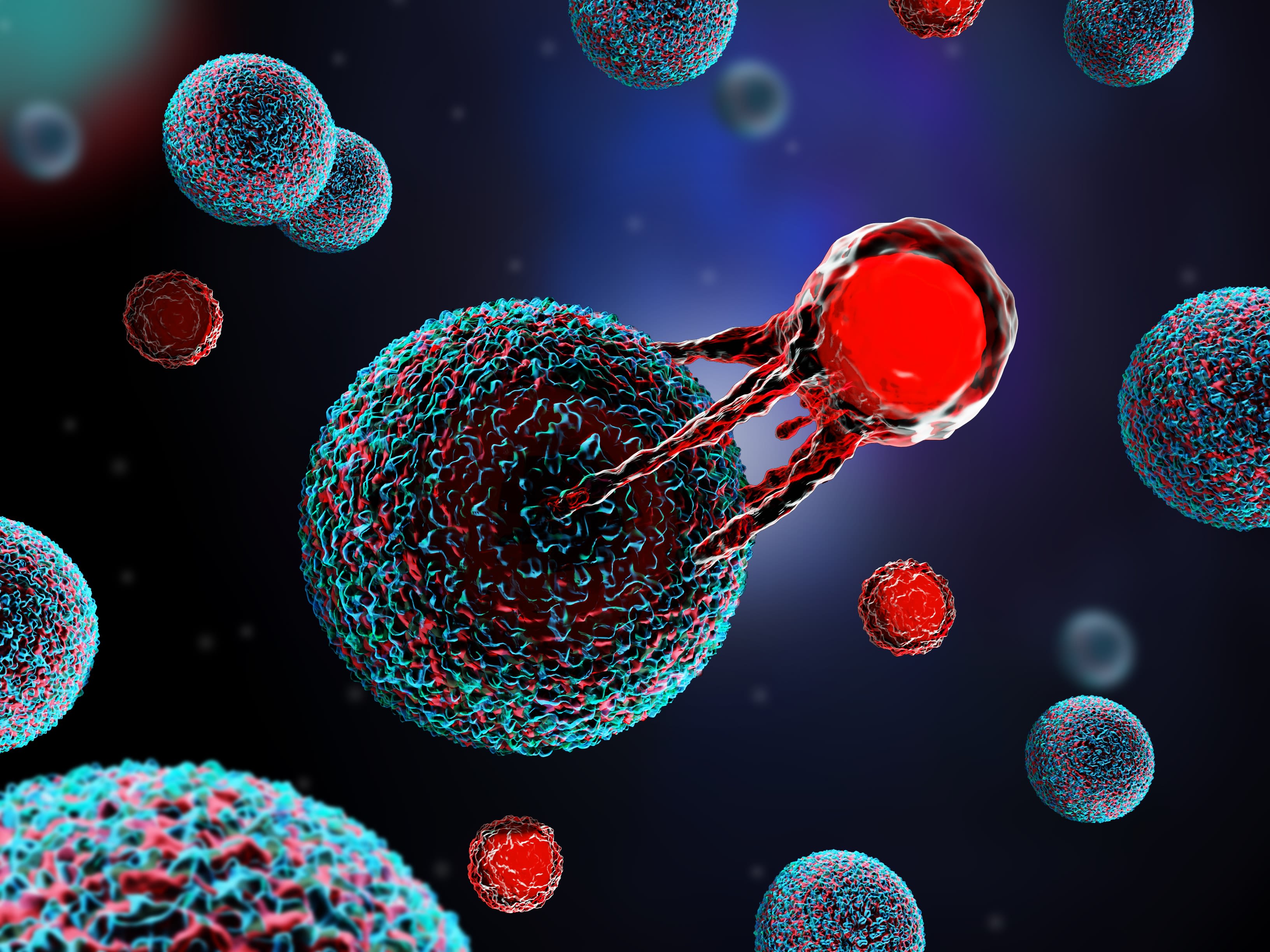Development of a 3D model of colorectal cancer to assess the stromal-mediated effects on T cells in a stromal-rich colorectal cancer tumour microenvironment.
Eileen Reidy(1,2,3), Lei Lei(1,3), Aoise O’Neill(1,3), Niamh Leonard(4), Louise Rabbitt(4), Merah Al Busaidy(4), Abhay Pandit(2), Aideen Ryan(1,2,3).
(1)Discipline of Pharmacology and Therapeutics, School of Medicine, College of Medicine, Nursing and Health Sciences, University of Galway, Galway, Ireland, (2)CÚRAM, SFI Research Centre for Medical Devices, University of Galway , Galway, Ireland. (3)University of Galway, Lambe Institute for Translational Research, Galway, Ireland. (4)University of Galway, Galway, Ireland.

Introduction
Colorectal cancer (CRC) is the second leading cause of cancer related deaths worldwide. Elevated T cell levels can signify better prognosis, however activated T cells express immune checkpoint inhibitors, hindering immune-mediated responses and advancing CRC. CRC is classified into four Consensus Molecular Subtypes (CMS1-4), notably CMS4, with abundant mesenchymal stromal cells (MSCs) and an inflamed immune phenotype. Given CMS4's link to poor disease-free survival, this project explores the impact of a stromal-dense environment on T cell activation in a 3D model.
Methods
Our project describes the development of a 3D collagen-embedded spheroid containing CRC cell lines, hMSCs to mimic stromal cell infiltration of CMS4 and PBMCs cultured with anti-CD3-CD28 beads. We used a variety of methodologies including flow cytometry, AlamarBlue™, real-time PCR and confocal microscopy to assess the impact of sialidase and PD1-sialidase on a multicellular 3D model in vitro.
Results
We have shown that mesenchymal stromal cells (MSCs) promote viability and outgrowth of cells from the co-culture spheroids. We have also demonstrated that MSCs increase production of fibronectin which is present in stromal-rich areas in vivo. We have demonstrated that hMSCs induce production of exhaustion markers LAG3 and PD1 on T cells in co-cultures with HCT116 + hMSC + PBMC spheroids. Finally, we demonstrated that Sialidase and PD1-Sialidase can potentially reverse immunosuppression induced by hMSCs through decreasing the expression of PD1 on both CD4 and CD8+ T cells.
Conclusion
Overall, we have developed a multi-cellular collagen embedded spheroid, that can be used in interrogate stromal mediated immunosuppression in the TME of CRC. This model can also be used in a drug screening capacity allowing us to analyse the effects hMSCs have on the response to Sialidase treatment in a 3D CRC model. Overall, the model represents an effective screening platform to identify novel therapeutic targets and assess the impact of immunotherapies in vitro.
